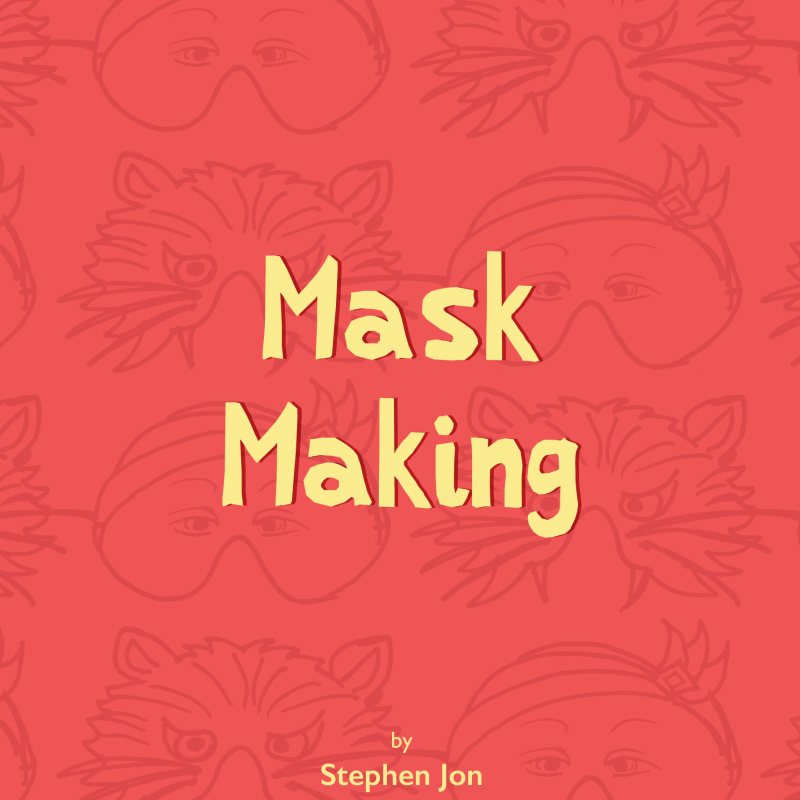Old content
This post is over 3 years old. Some of the content might be out of date. If your after something more up date, check out our latest posts. If you want to find out more about the content on this page, contact us.
A mask is a tool that can be used to temporarily alter a person’s appearance or personality. This activity will help young people create a mask and use their imaginations to create a range of different characters.
The activity was taken from “Express Yourself: An arts activity handbook for Foster Carers & professionals working with Looked after children and young people”. All the activities in the handbook are designed to build and enhance positive attachments between young people and their carers.
Materials
- A4 Card
- String/Elastic
- Felt tips, crayons, coloured paper or other materials for decoration
A template for a ‘half mask’ can be downloaded below. The template will fit comfortably onto a sheet of A4 card.
Steps
- Using the template as a guide, ask the child to draw out a mask. They can make changes to the shape, but the relationship between the eyes, nose and attachment holes should stay the same.
- Cut out the mask, remove the eye holes and pierce hole for attaching or elastic to the mask. Depending on the age of the child you might want to do this for them.
- Draw onto the mask with felt tips, crayons, or cut and paste with different coloured paper. They can decorate any way they like to create a different character. They might humans or animal, and can express different emotions.

- Tie string or elastic through the attachment holes to make a wearable mask.
- The child can now wear the mask and become the character they have created.
Playing with the mask
Once the child has their mask, you could ask them:
I wonder who this character is?
I wonder where they may have come from?
I wonder where they might be going too?
You and the child can make up stories to suit the mask and make more masks to play with.
Notes to carers
Masks can be powerful therapeutic tools. You should clearly differentiate between the wearing of a mask – being in character – and taking off the mask to return to being your usual self.
As a carer, you may be asked to take on a mask role yourself, which can give you the opportunity to be someone other than your usual self.
Enjoy the stories that may emerge as you and the child try out different characters. Ask questions that encourage imaginative play.
What is it like to be a King, a Princess, a Frog, a Dog, a Zombie……?
Question the mask rather than the child.
About the ‘Express Yourself’ Handbook
The handbook was based on a project City Arts ran with looked after young people and their carers. Young people were able to use creativity to express themselves, to have fun and be playful and to build resilience.
Activities in the handbook are designed to help build relationships between young people and their carers. They will help build and enhance positive attachments, and to encourage creativity.
The aim of the handbook is to give some creative ideas as a starting point for working with young people. All of the art activities can be adjusted to suit different ages, abilities, and the diverse needs of individual young people.
Donate
Support the work of City Arts with a contribution to our costs.
The work we do to inspire creativity changes lives. We bring creativity into overlooked and undervalued communities. We offer opportunities for self-expression to people otherwise denied them. This is only possible with the kind support of our donors and funders. Your one-off donation will directly support this work.
Donate